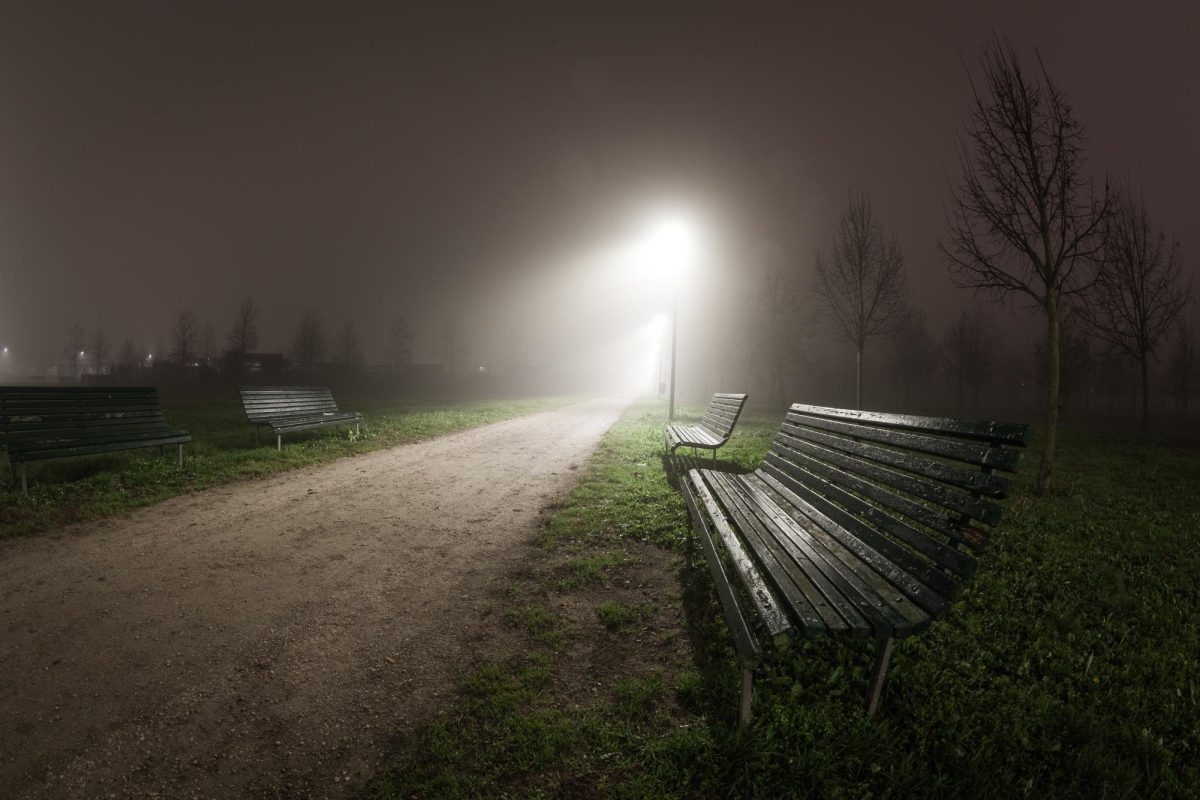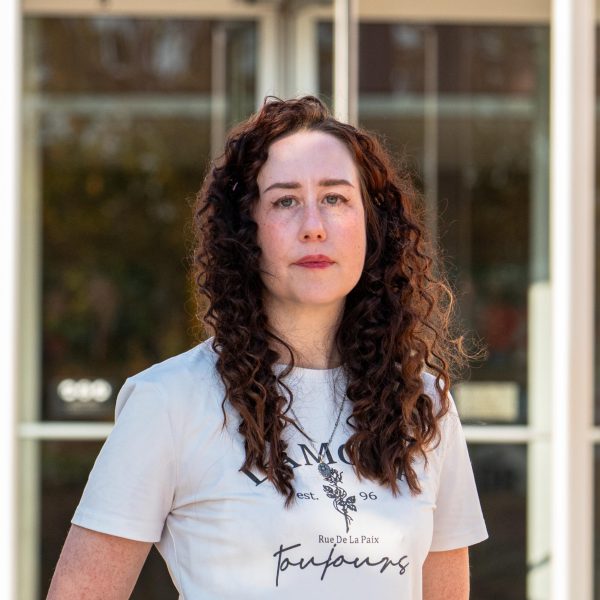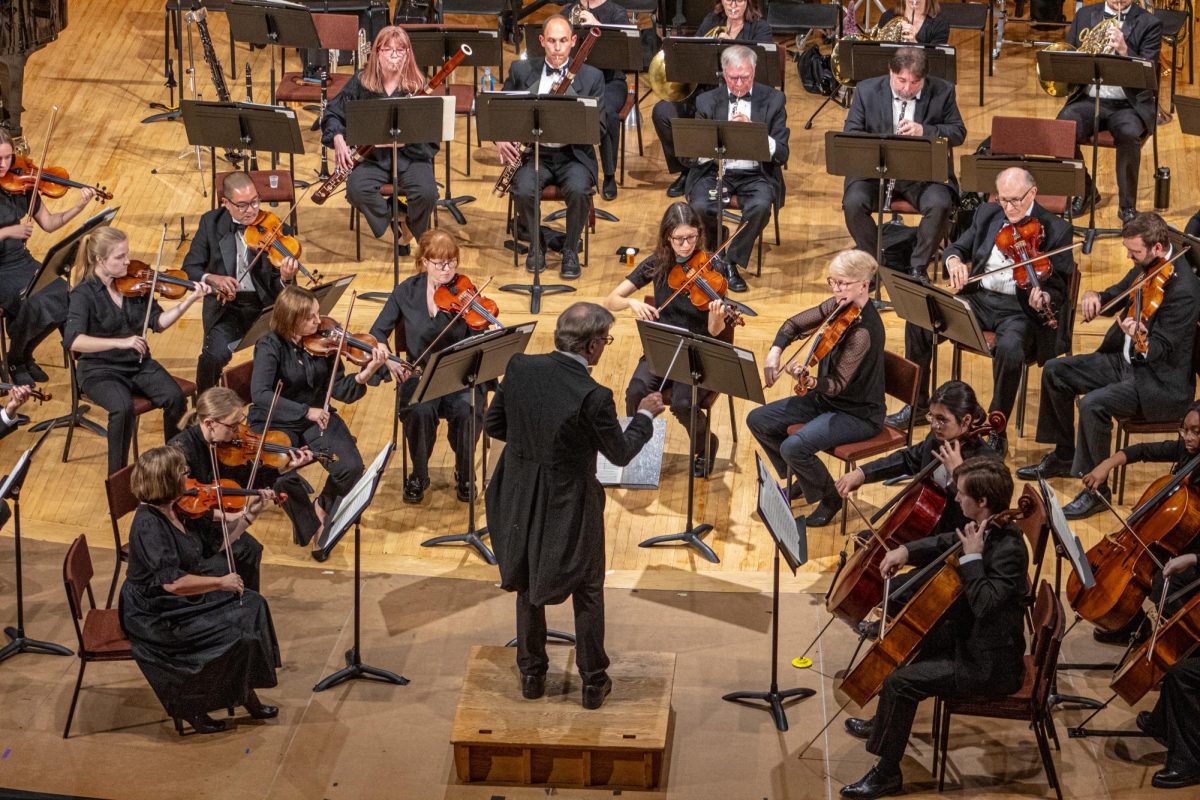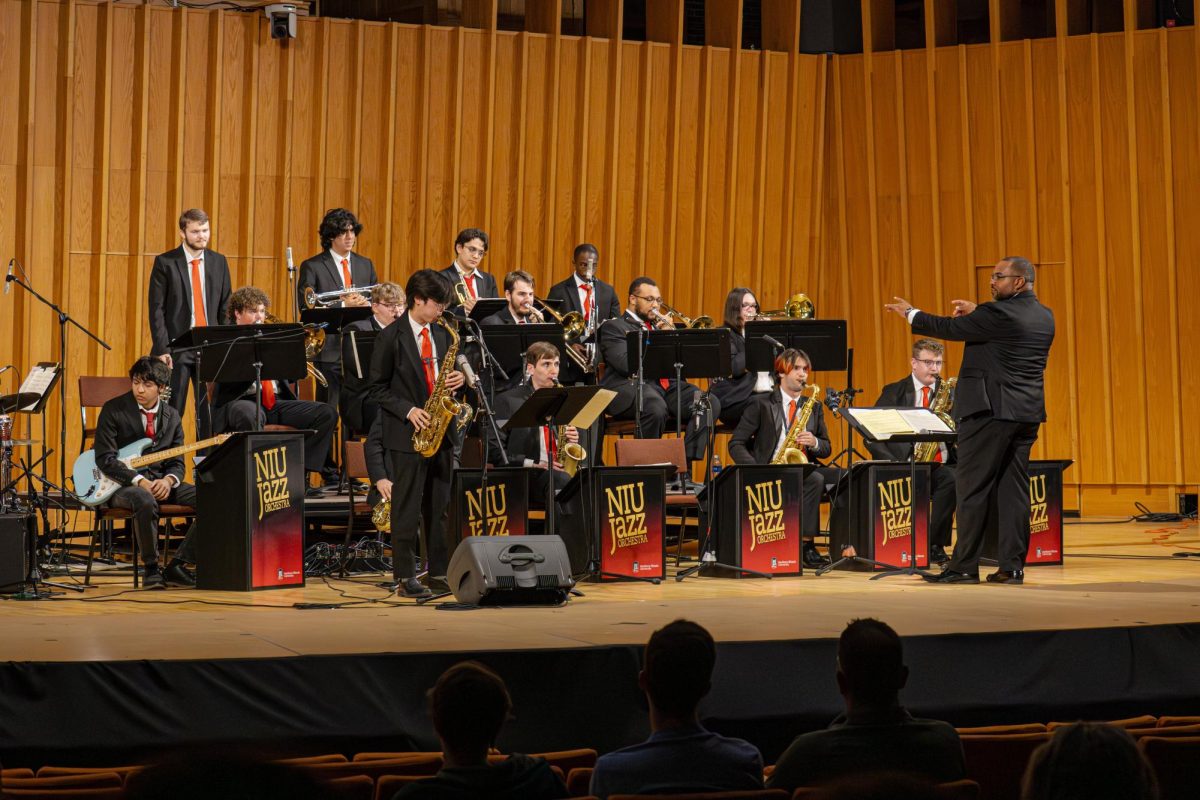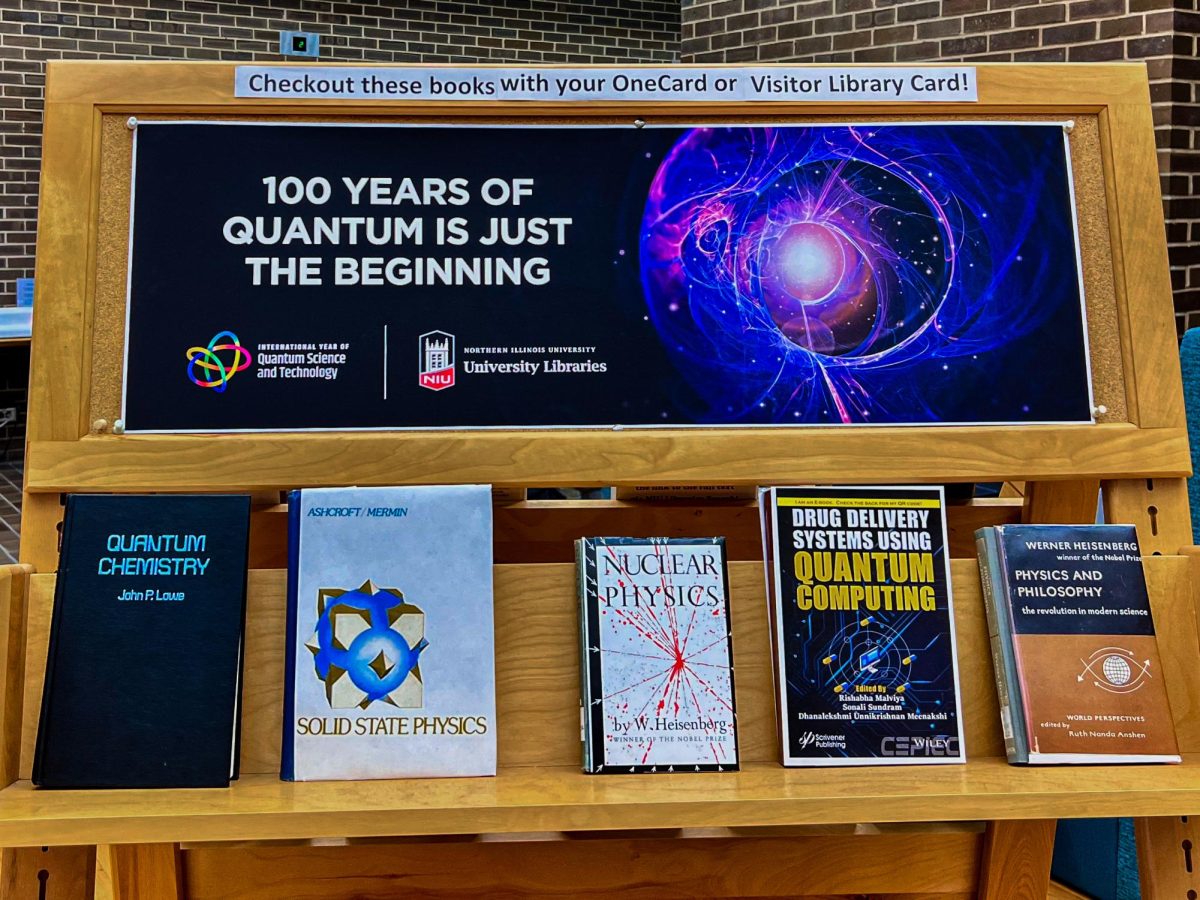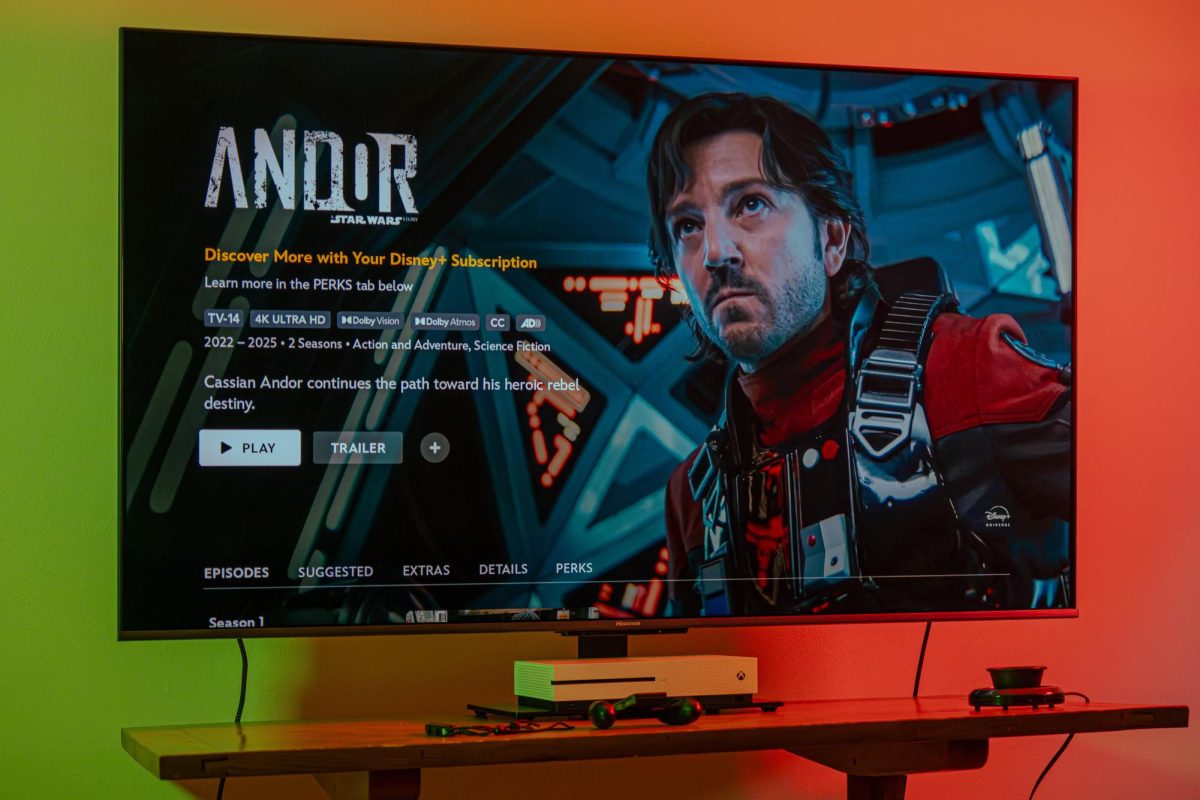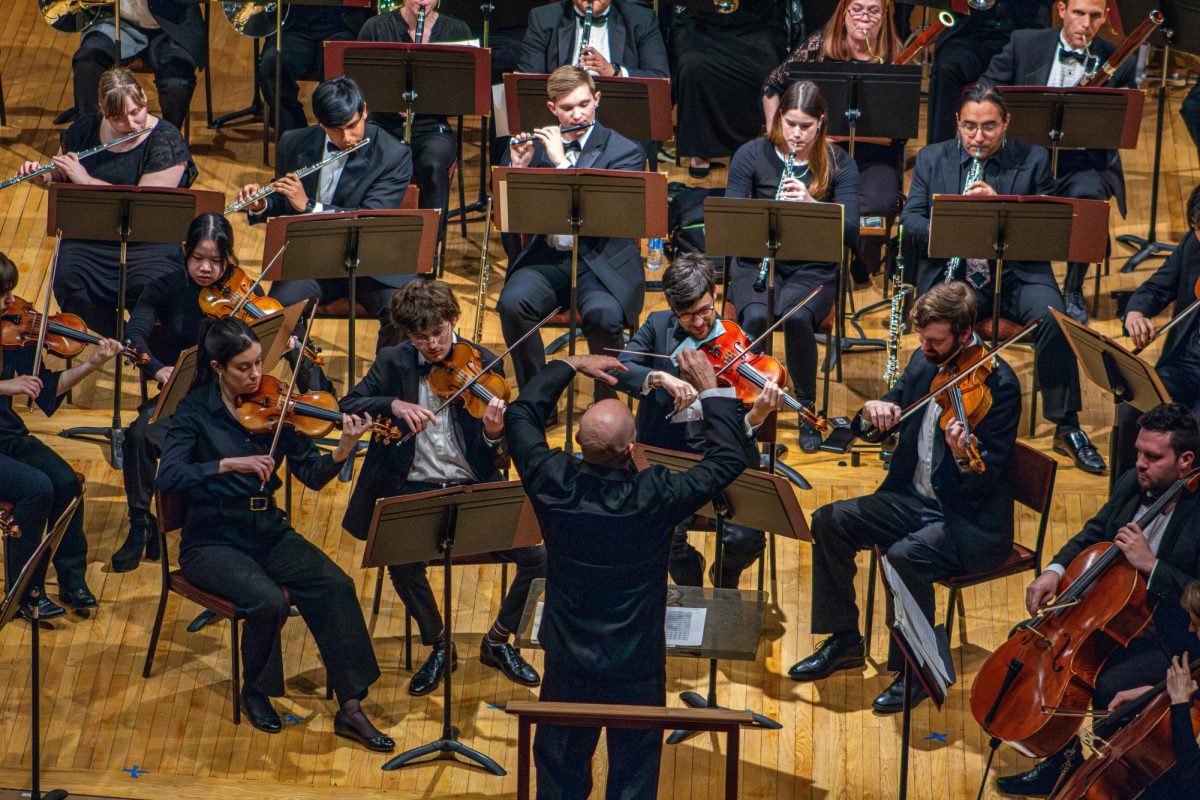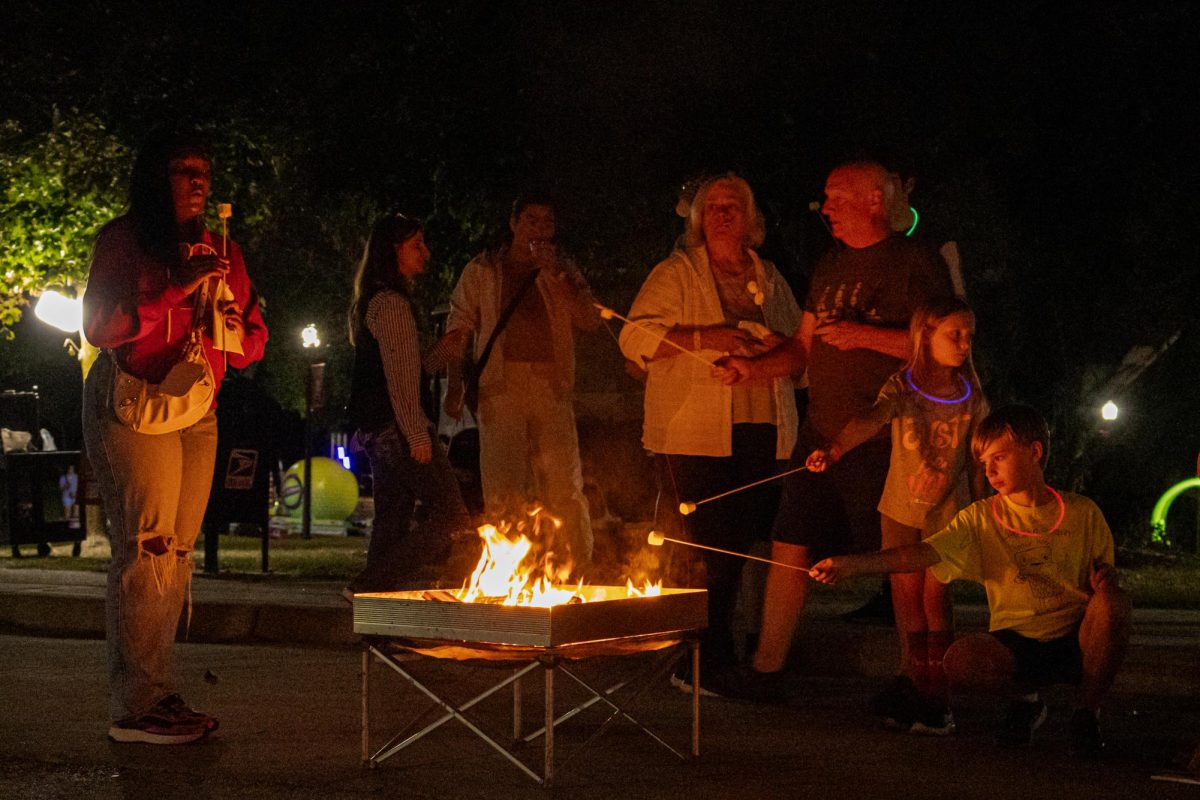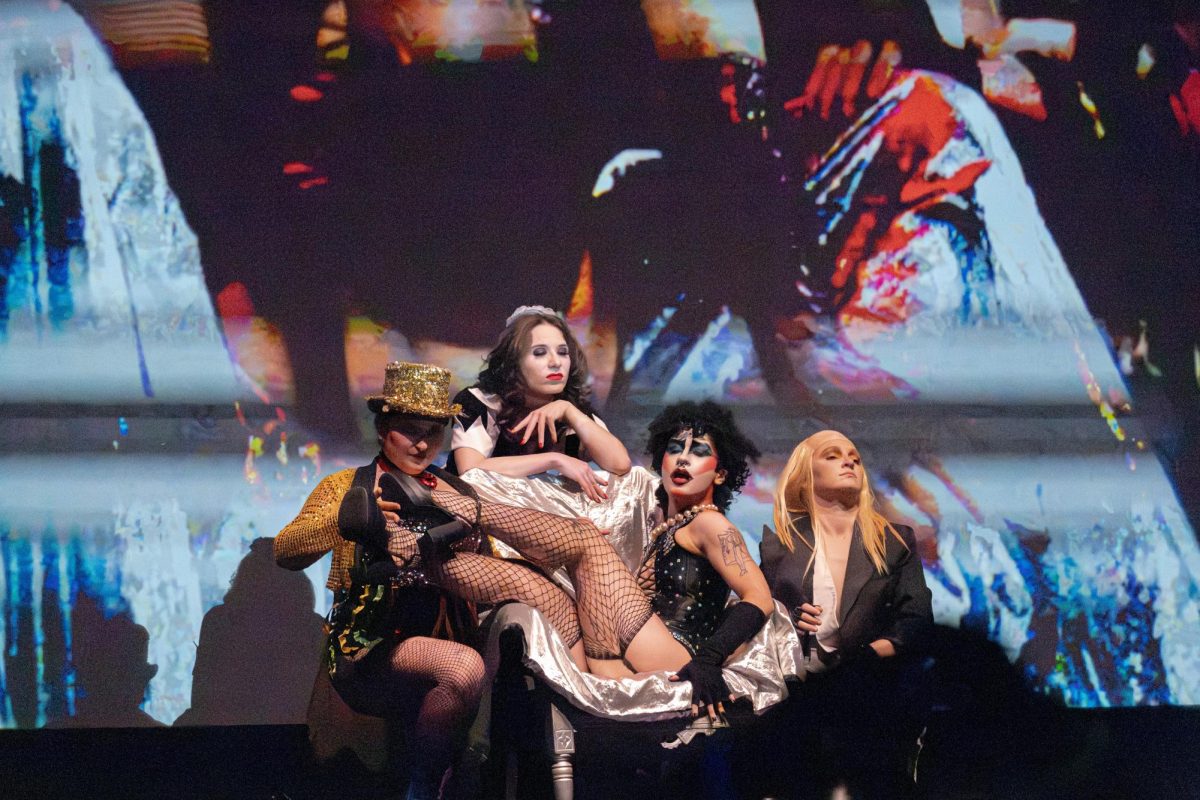The horror in “Weapons” isn’t in its jump scares — though they’re there — but in something far more insidious: The sense that the adults have left the room. And the children? They’re on their own.
The film’s emotional dissonance begins before the first line of dialogue. George Harrison’s “Beware of Darkness” plays over the opening — a melody that feels elegiac and prophetic, unmistakably rooted in the 1970s. Even in its 2014 remastered form, it carries that placid dread. Its lush instrumentation sets a mournful tone as children vanish into the night.
Director Zach Cregger’s 2025 mystery-horror film doesn’t follow the usual linear path. The story is told through a shifting mosaic of character perspectives with a child narrator anchoring the story. The film slips between timelines and emotional realities like a fable retold at different bedsides.
What begins with the disappearance of 17 children unfolds into something stranger and more ambiguous. Rather than centering on a single protagonist or offering early resolution, the film disperses its narrative across multiple viewpoints, gradually revealing a patchwork of missed signs, unresolved tensions and competing versions of the truth.
What “Weapons” borrows from fables, it also dismantles.
Traditional fables are cautionary by design — stories meant to scare children into obedience; to teach them not to wander off, not to trust strangers and not to ignore their elders. But “Weapons” offers no such clarity. In this sense it inherits the structure of a fable — a child narrator, fractured storytelling, archetypal menace — but strips out the moral scaffolding and refuses to deliver the path to safety.
The danger is irrational, unprovoked by misbehavior and unforeseen by adults.
The film hauntingly exposes the emotional distortions of a consumer-driven culture. Characters insinuate concern but only when it serves their own interests or emotional needs. It’s not that they don’t care but their caring is transactional. The film presents a society where empathy is performative, where community is structurally complicit, and where children are emotionally abandoned well before they disappear.
That idea crystallizes in one subtly grotesque moment.
On a weekend afternoon, the principal of the school and his husband sit down to lunch while a nature documentary plays in the background. Cordyceps fungi are shown overtaking ants, hijacking their bodies for survival. This clever parallel is poignant: A parasitic force that consumes, controls and discards.
The excessive meal, the passive viewing and the fungal footage all converge into an effectively ominous portrait of unchecked appetite. It’s not solely about food, but about a society shaped by greed and detachment, in which agency erodes under systems feeding on people and leaving nothing behind.
This peek-a-boo-I-see-you gesture resonates beautifully because it’s terribly emblematic of the mindless gluttony and ritualized apathy fueled by capitalism.
Grief in “Weapons” isn’t collective — it’s compartmentalized.
The film’s core adults embody stages of grief, but their responses are self-serving not empathetic. Justine – played by Julia Garner – is the teacher and denies blame for her students’ disappearance. She fixates on Alex Lilly, her only remaining student played by Cary Christopher, to ease her isolation and seek commiseration.
It’s a fitting demarcation of adults shirking adulthood by lobbing the emotional labor into kids’ unequipped courts.
Paul – played by Alden Ehrenreich – is the police officer and lets anger drive his outbursts and derail the case. James – played by Austin Abrams – is an addict who bargains through manipulation. Although having the opportunity to help, he prioritizes his vices over the children. Archer – played by Josh Brolin – is a grieving father consumed by guilt over missed opportunities to express love for his son. The principal, meanwhile, played by Benedict Wong, settles into procedural acceptance, more concerned with comfort than resolution.
Using the adults to embody grief stages is a sharp artistic move, exposing how their self-absorption sidelines the children. It’s a smart critique of emotional avoidance.
With all this dense digestion is it worth the watch? Absolutely. One jump scare even tore a scream out of me — it got me good.
The film’s most unsettling figure arrives in the dead of night. A woman whose theatrical appearance isn’t just eccentric, but disturbingly performative: A curated mask of health, charm and flamboyance that conceals her decay. She’s introduced and labelled as Aunt, but never is truly understood. And like the rest of the film her presence offers no clear lesson— only fallout.
Her connection to the town, if it exists at all, grows increasingly suspect.
By the time anyone listens, the damage is done.
Audiences, however, did show up to listen. “Weapons” debuted at No. 1 in the box office, pulling in $43.5 million domestically and $71.8 million worldwide in its opening weekend — an entrance that didn’t knock, it kicked the door in.
The film also scored an A- from CinemaScore, a rare feat for horror and a likely sign that word-of-mouth will push more moviegoers to see the film.
Critical reception has been similarly strong. On Rotten Tomatoes, “Weapons” currently holds a 94% critic score with an 85% audience rating based on over 10,000 verified reviews.
The closing credits drift into MGMT’s “Under the Porch,” a dreamy ambient track. Its mellow twang initially feels anti-climactic, but then that slightly off-key lilt creeps in like a jack-in-the-box winding in slow motion. A classic terror delight.
The overall verdict? I give it a 9.5/10. Jump scares: A+. Music and atmosphere: A. Visuals: A. Horror: A+.
“Weapons” is a story that offers no moral — but delivers consequences all the same.


